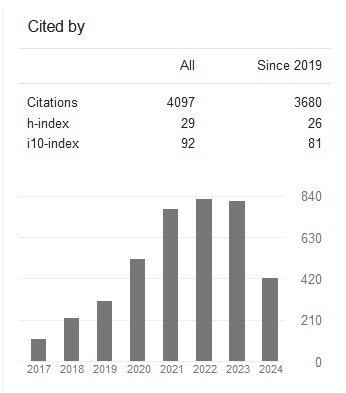Reverse Osmosis Membrane Chlorine Effects Reduction Using Kinetic Degradation Fluxion Media( Vol-3,Issue-2,February - February 2017 ) |
|
Author(s): Rawan Abu Eisheh, Jawad A. Shoqier |
|
Keywords: |
|
|
RO pretreatment, KDF, Chlorine removal. |
|
Abstract: |
|
|
Nowadays reverse osmosis is one of the most used technologies for water treatment and it is a favored method for potable water production from seawater. However, membrane fouling is a critical problem associated with reverse osmosis (RO) plants, since it has many negative impacts on RO efficiency, effectiveness and operation costs. Moreover, membrane cleaning techniques used to overcome fouling reduce the membrane life time, and sometimes it damage the membrane, also these techniques may create environmental issues related to the waste chemical disposal. In this study the effectiveness of applying Kinetic Degradation Fluxion media (KDF ) as pretreatment step for reducing fouling caused by high dosage of chlorine in RO system was investigated. Each test was carried out using two membranes, reference or control membrane in which feed solution moved directly inside without passing through the KDF media (RO-only), and pretreatment membrane with feed solution passing through KDF media (RO-KDF). The comparison between the two systems in terms of salt rejection and permeate flow indicates that KDF-media effectiveness in cl2 removal is high and it can extend the lifetime of RO membrane 3 times at least. |
|
Cite This Article: |
|
| Show All (MLA | APA | Chicago | Harvard | IEEE | Bibtex) | |
Share: |
|

 DOI:
DOI: 



























